I Put The Bad In Badminton Player Cat T-Shirt
$27.99 Original price was: $27.99.$22.99Current price is: $22.99.
-
5% OFF 2 items get 5% OFF on cart total Buy 2
-
7% OFF 3 items get 7% OFF on cart total Buy 3
-
9% OFF 4 items get 9% OFF on cart total Buy 4
-
12% OFF 5 items get 12% OFF on cart total Buy 5

Screen printing on fabric is partly dependent on the fabric itself I Put The Bad In Badminton Player Cat T-Shirt . and some fabrics are easier to work with than others. There are a number of variables in the screen printing process will affect your outcome, and the ink and curing process also make a big difference in terms of how the final product will come out. That being said, advances in ink technology have made it possible to print on an array of different materials without worrying too much about bleeding or about the color not sticking. If you’re looking to get a batch of t-shirts or other fabrics or garments screen printed, you need to know if you can actually expect the fabric to give you the result you desire or not. Since all fabrics are not the same, this article will help you understand what is the most suitable for printing on.
I Put The Bad In Badminton Player Cat T-Shirt, hoodie, sweater, longsleeve and ladies t-shirt
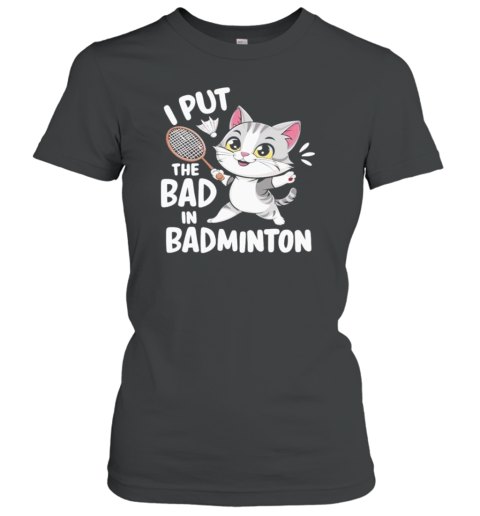
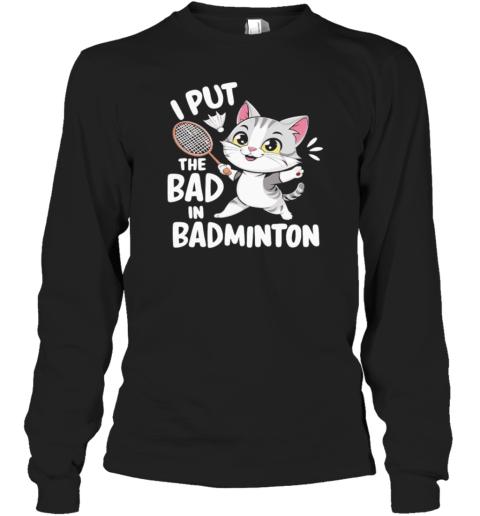
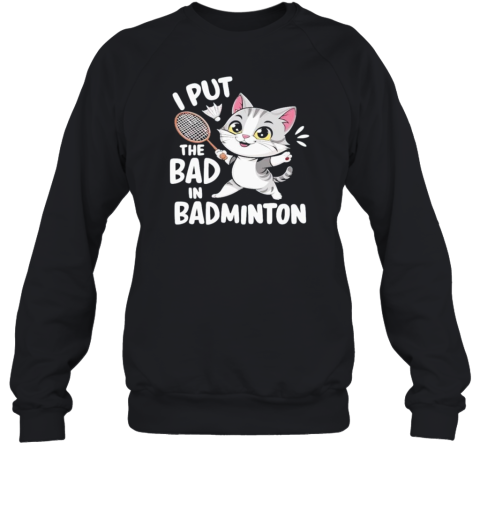
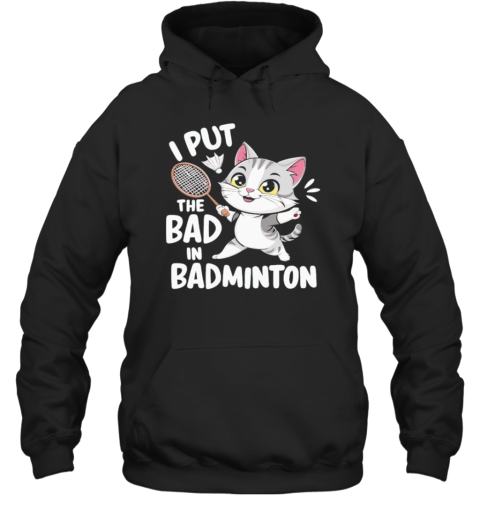
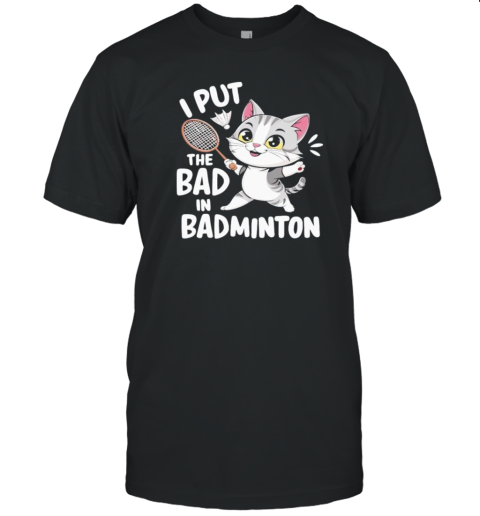
You Can See More Product: https://nicetshirtstore.com/product-category/trending/
3 reviews for I Put The Bad In Badminton Player Cat T-Shirt
Add a review Cancel reply
Related products
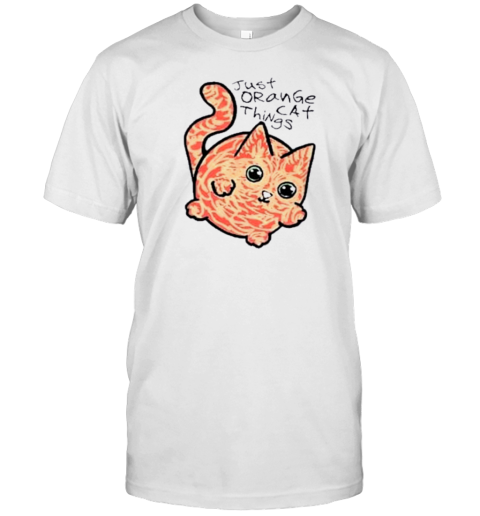
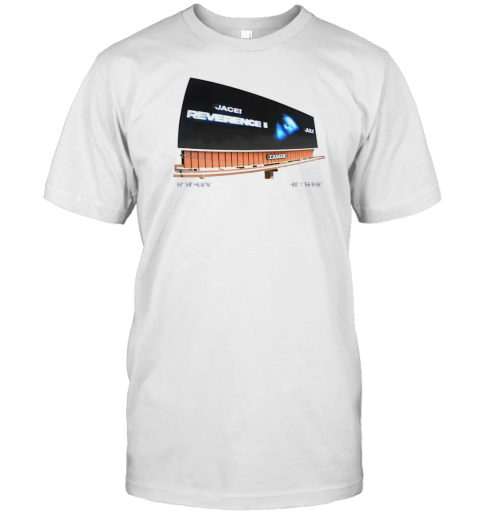
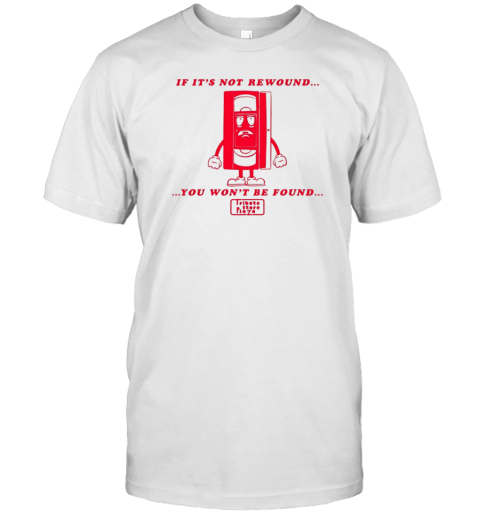

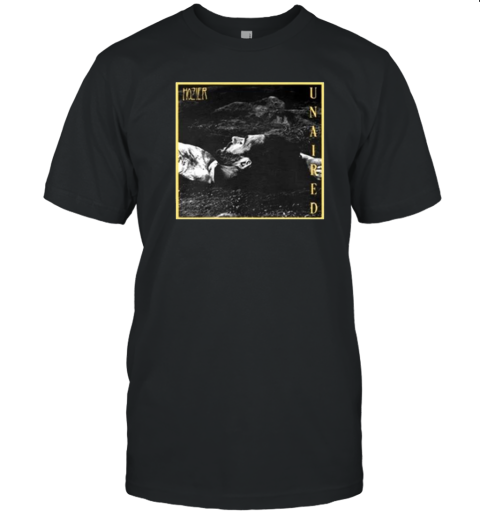

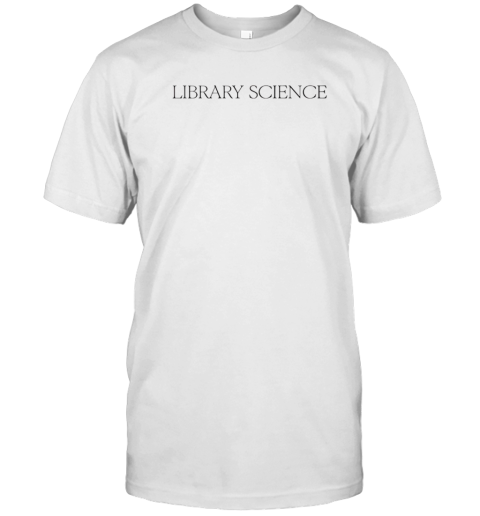
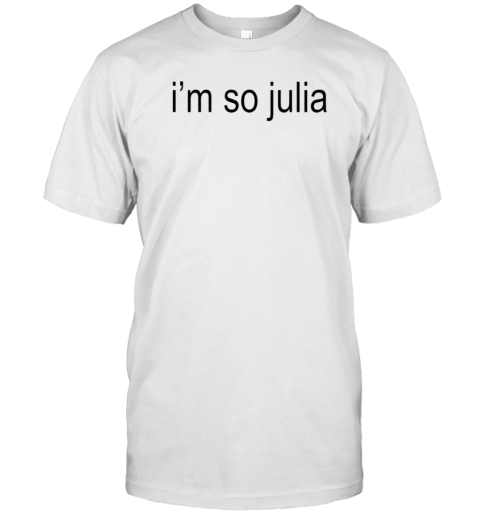
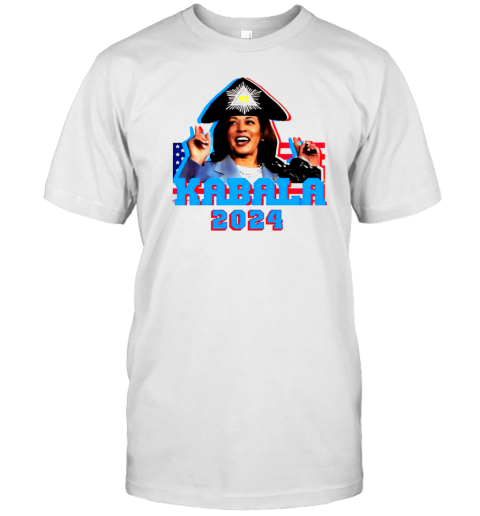
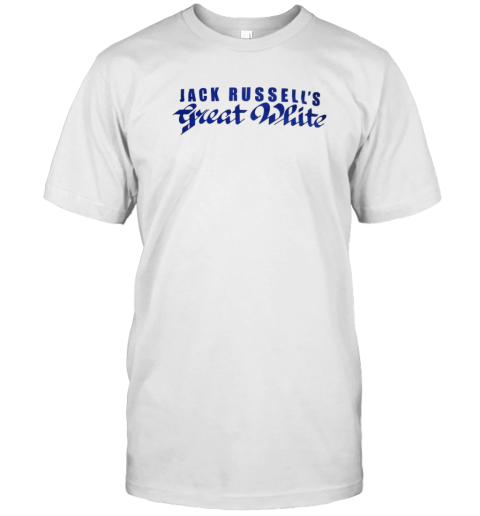
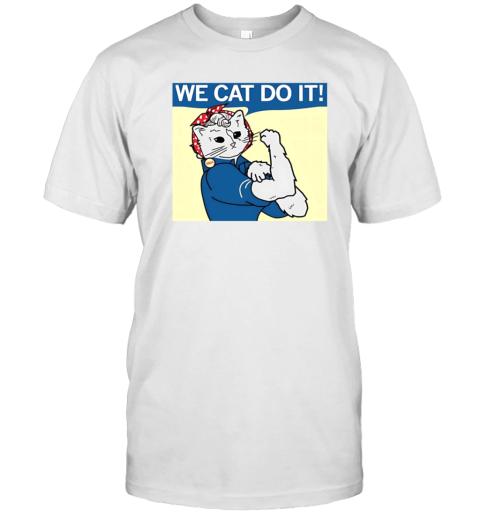
Cole Ashbaugh –
Quality shirts that fit well.
Got these for daily use for work and they fit well and are well made, not cheap thin shirts. I wish these came in a larger 5 pack for a more economical buy. Good luck and cheers.
Nick Heinz –
Perfect fit and fabric is comfortable on skin
Geoffrey Breault –
tamanho identico. Qualidade média